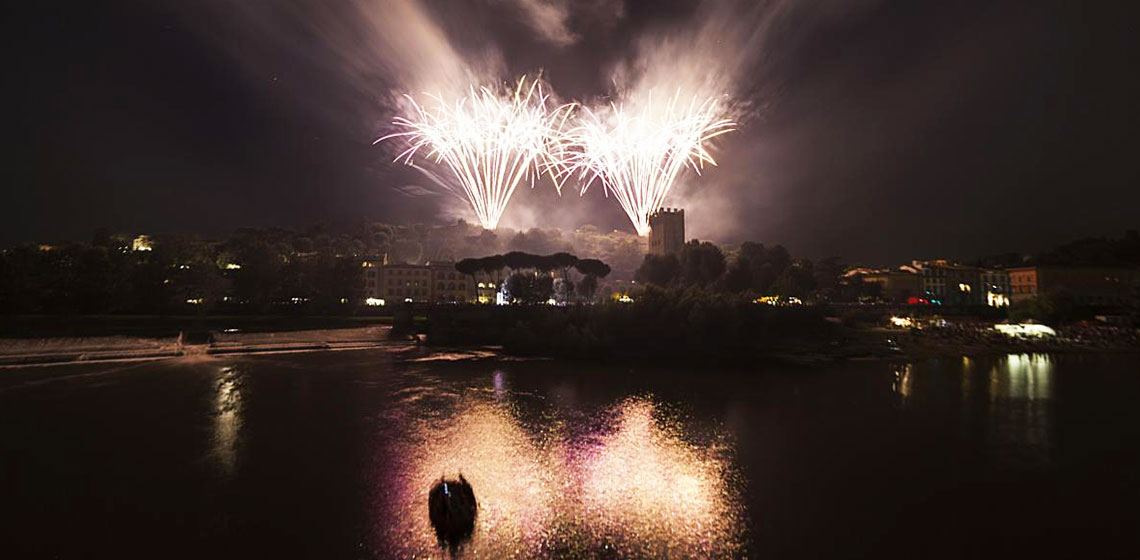
Traditional Florentine holidays [Chapter 2]
Dive headfirst into Florentine traditions: the city festivities celebrated year after year.
Traditional Florentine holidays span the entire year. We recently spoke about Saint Zenobius, the Electress of the Palatinate, Florentine New Year, the Explosion of the Cart and Trofeo Marzocco, holidays that mark your calendar from January to May.
In this article, you’ll discover the celebrations that take place during the second half of the year.
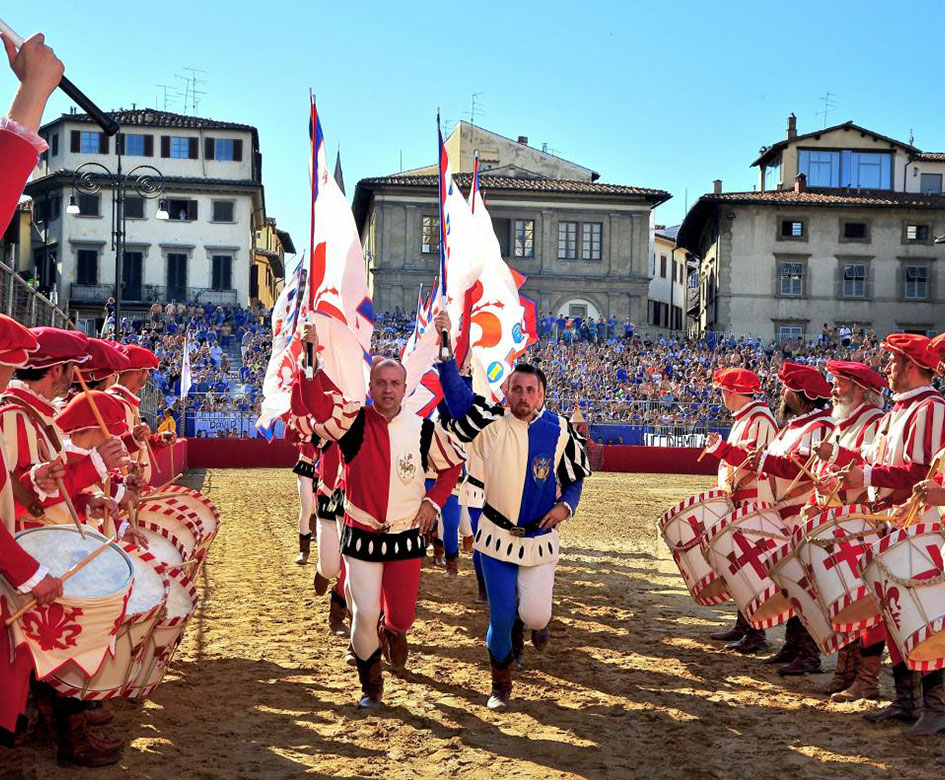
La Fiorita – May 23
Do you know about May 23?
This date marks a central yet brutal episode in Florentine history: Fra Girolamo Savonarola’s execution in piazza della Signoria. A charismatic figure, emblematic of protests against the corruption of the church and its officials, Savonarola was a major figure in late 15th-century religious and political life.
His accusations stirred many admirers, but also brought about many opponents, including the Medici themselves. The noble Florentine family declared him a heretic and condemned him to burn at the stake along with two other friars.
That night, the location of the gallows was strewn with flowers to secretly pay homage to the great friar. This gesture gave birth to a tradition still alive today: the Fiorita. The ceremony consists of a re-enactment of this floral tribute, complete with a historical procession.
Calcio Storico Fiorentino – 24 giugno
Who doesn’t know about Calcio Storico Fiorentino?
The game is a major event in the city, or better, three, as the "tournament" is made up of three games: two semi-finals and the final. The first game was played in 1530 during the siege of Charles V to show the French that Florentines were fearless.
The four teams that participate represent the city’s historic districts: white for Santo Spirito, red for Santa Maria Novella, green for San Giovanni and blue for Santa Croce. The drawing for the semi-finals is conducted every Easter. The event is still very much lived by Florentines and ends on June 24, the Feast Day of St. John the Baptist, Florence’s patron saint.
Preceded by the Historic Procession of the Florentine Republic, every hour-long match is a real feat of strength, a brutal sport played by men dressed in 15th-century costumes.
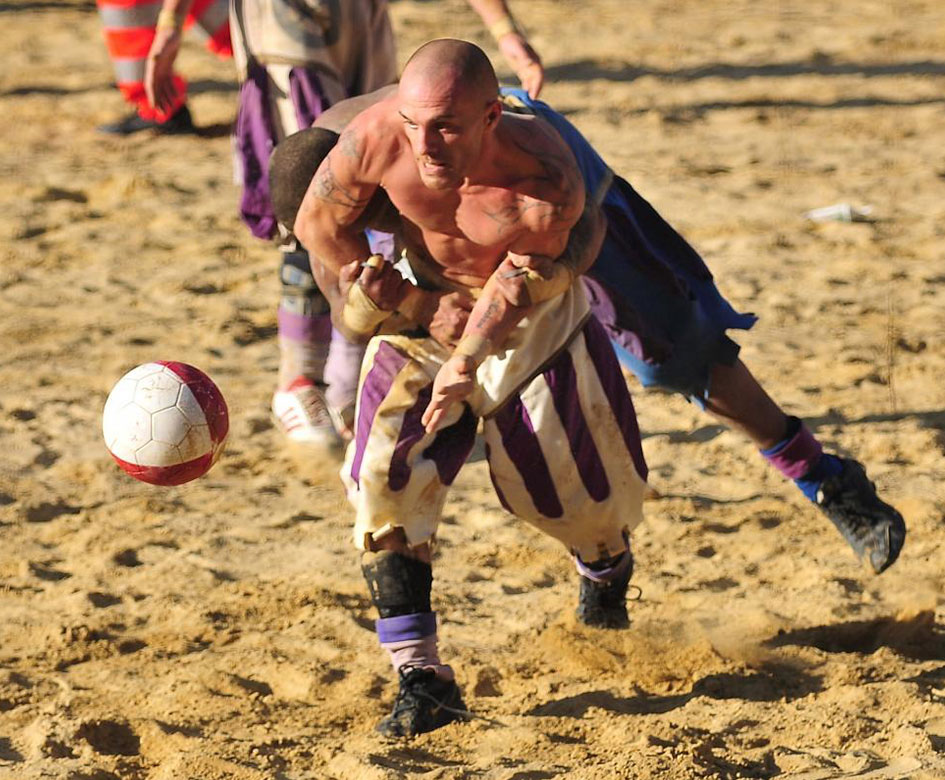
The Feast Day of San Lorenzo – August 10
The Feast Day of San Lorenzo is an occasion that remembers the strong link between the city and its first consecrated church in the center, the San Lorenzo Basilica. Famous for its unfinished façade, the church dominates its namesake neighborhood and was once the main place of worship for the Medici family.
The family chapels were constructed here, a place where still today you’ll find the tombs of some of the most important representatives of the noble family.
Historically, it remains the city’s working-class festival par excellence, a typical Florentine gathering of citizens who meet and enjoy themselves for the whole night in a community atmosphere.
In piazza San Lorenzo, watermelon and lasagna are distributed as per tradition and a classical music concert graces the church square at the end of the day. The event also foresees the involvement of the Historical Procession of the Florentine Republic.
With the Gonfalone, the procession participates in holy mass and candle offerings inside the Basilica of San Lorenzo.
La Rificolona – September 8
Like many other Florentine folk festivals, the Rificolona emerged as a religious event to celebrate the birth of Mary (the holiday falls on September 7, the eve of her Nativity). Over time, it has evolved into an event that unites the sacred and the profane. Throughout the night, Florentine families gather in the street holding paper or canvas lanterns and wander throughout the city.
The feast recalls an ancient custom when farmers from the countryside would gather in piazza della SS.ma Annunziata to prepare for the market that would be held there the following day.
The arrivals would carry long lanterns to light the way, and the women, especially those with more voluptuous forms, were jokingly called "fierucolone,” from which the event’s name derives.
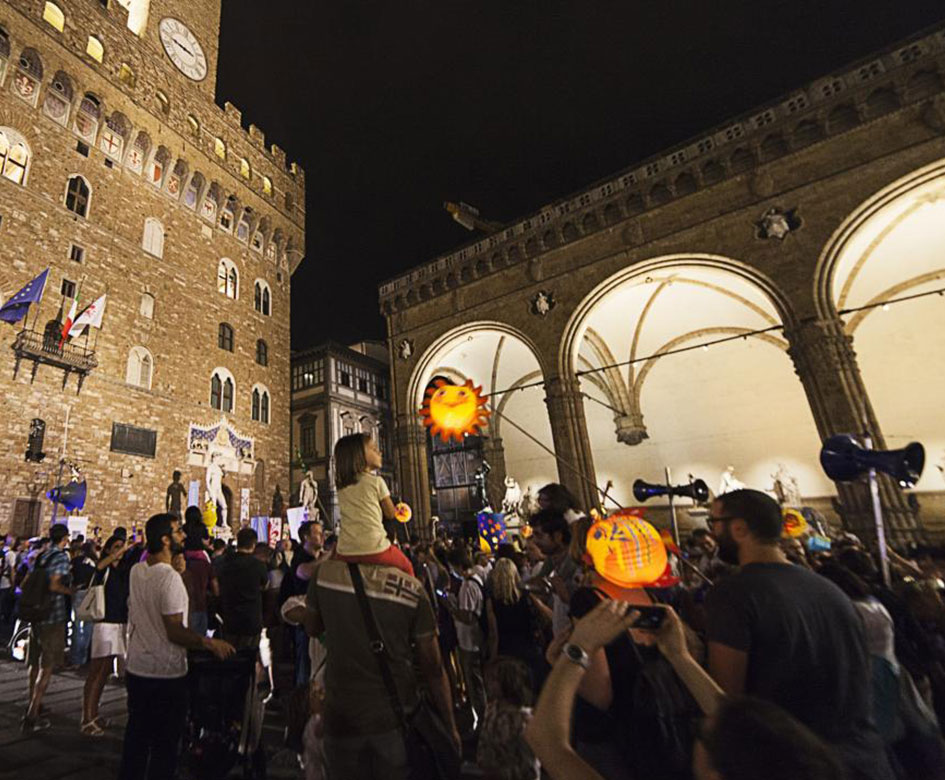
Santa Reparata – October 8
Together with San Giovanni, Santa Reparata is the patron saint of Florence. Un-coincidentally, the Florence Cathedral was built on the remains of a centuries-old basilica dedicated to the female saint (and whose traces are still visible today in the crypt).
According to an ancient tradition, thanks to her miraculous intervention in 406, the Roman army and the Florentines were able to defeat the Ostrogoths, who at the time had besieged the city.
The victory allowed Florence to maintain its independence and preserve its identity, reason why the city’s main basilica was dedicated to the cult of the saint.
During the ceremony, the Historic Procession of the Florentine Republic begins winding through the streets from the Palagio di Parte Guelfa and parades through the city paying tribute to Santa Reparata with a myrtle garland and a candle.





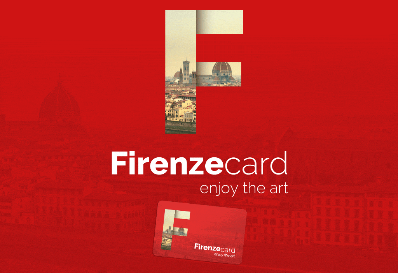

 All the services are provided by local merchants
All the services are provided by local merchants By using this site you support Florence
By using this site you support Florence We offer products with high-quality standards
We offer products with high-quality standards You stay sustainable
You stay sustainable It's a 100% trustworthy website
It's a 100% trustworthy website